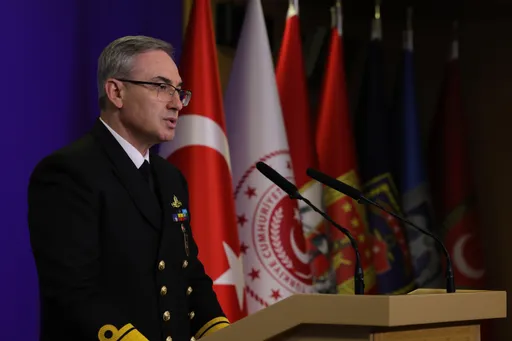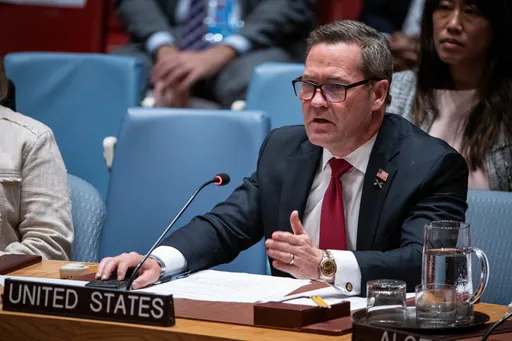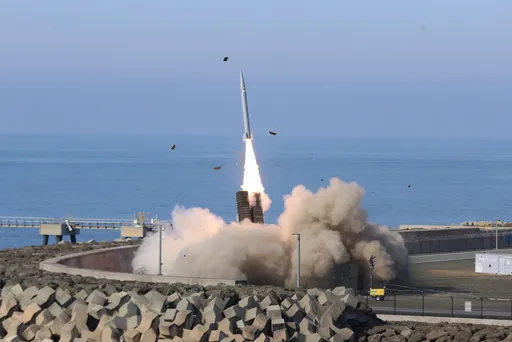Sri Lanka's constitution will be changed to clip presidential powers and empower Parliament as protesters continued to call on the president and his powerful family to quit over the country's economic crisis.
Prime Minister Mahinda Rajapaksa told Parliament on Tuesday that the power transfer will be one of the quick steps that can be taken to politically stabilise the country and help talks with the International Monetary Fund for an economic recovery plan.
“While looking for solutions to the economic problems, it is important that we have political and social stability in the country,” Rajapaksa said.
He said that reverting to a constitutional status with more powers to Parliament will be the start of reforms.
President Gotabaya Rajapaksa, who is the prime minister's brother, concentrated more powers in the presidency on being elected to the office in 2019.
The Rajapaksa brothers are likely to retain their same grip on power even if the constitution is amended, since they hold both offices.
READ MORE: Crisis-hit Sri Lanka requests rapid financial assistance from IMF
Cabinet reshuffle
Sri Lanka is on the brink of bankruptcy, with nearly $7 billion of its total $25 billion in foreign debt due for repayment this year.
A severe shortage of foreign exchange means the country lacks money to buy imported goods.
In a Cabinet reshuffle on Monday, the president appointed many new faces and left out four family members who held Cabinet and non-Cabinet ministries.
Thousands of protesters were occupying the entrance to the president’s office for a 11th day on Tuesday, holding him responsible for the economic crisis.
President Rajapaksa admitted on Monday that he made mistakes, like delaying going to the IMF for help and banning agrochemicals with the aim of converting Sri Lanka's agriculture to fully organic, leading to the crisis.
However, both the president and prime minister have refused to step down, resulting in a political impasse.
Opposition parties have rejected the president's offer to join a unity government, but they are unable to hold a majority in Parliament and form a new government.
READ MORE: Sri Lanka leader appoints new ministers, drops some relatives from cabinet
























